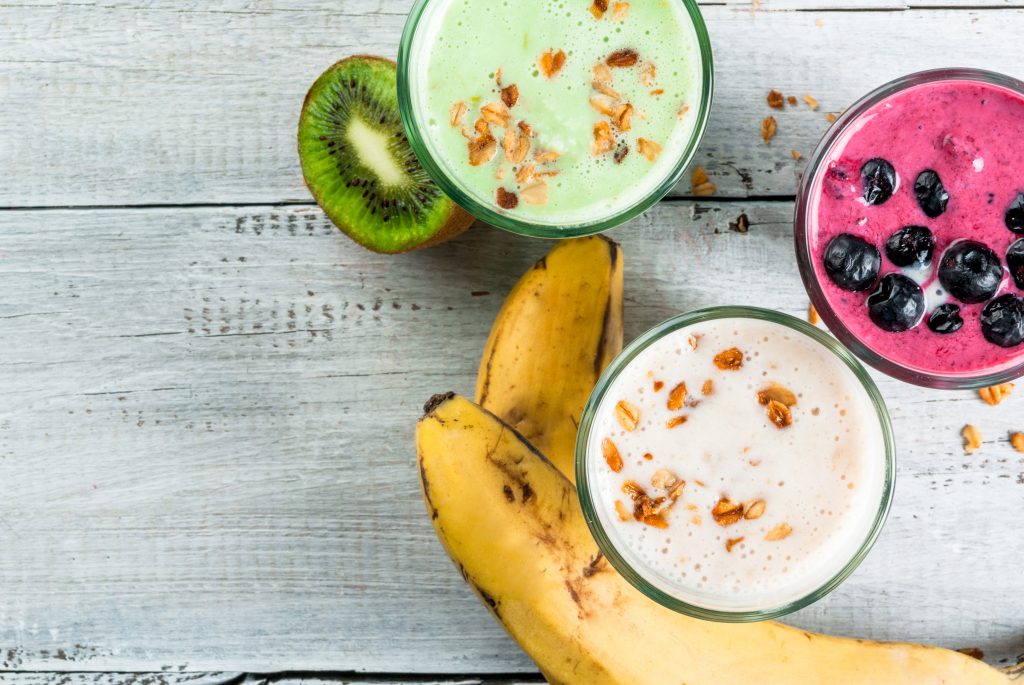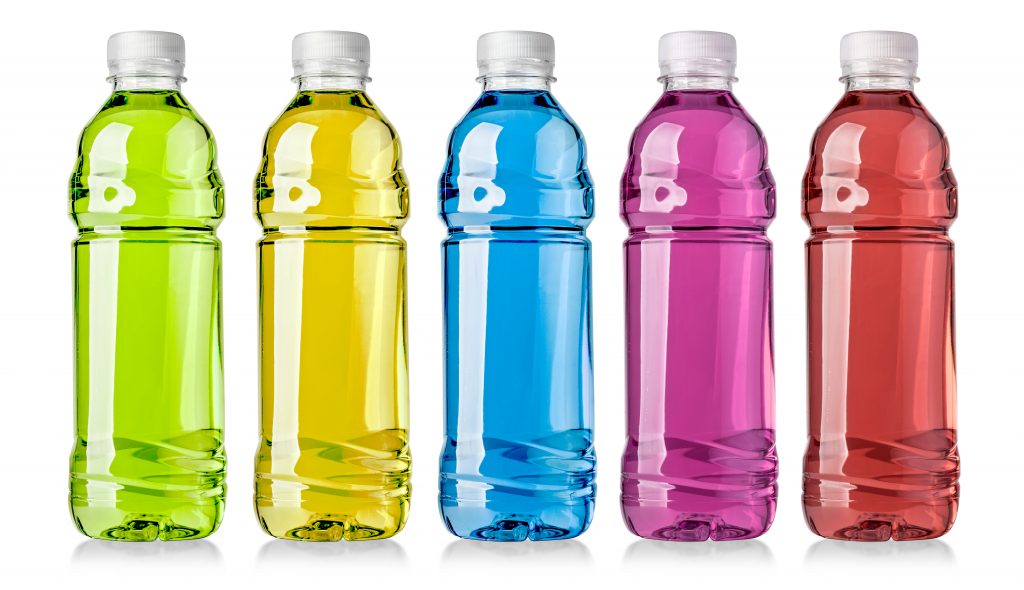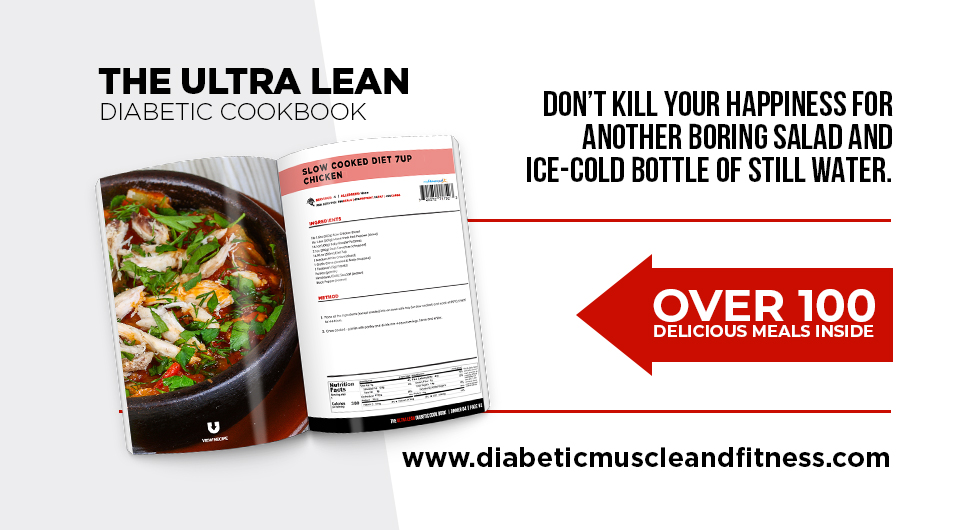Quick Summary
- Insulin and amino acids play an important role in assisting with muscle growth.
- Glucose and amino acids are both insulinogenic and have the potential to increase blood glucose.
- When glucose and amino acids are consumed together they require more insulin, than if consumed alone.
- Adequate medication must be given to accommodate the blood glucose increasing effects of these two macronutrients.
- Hyperglycaemia is highly detrimental to muscle protein synthesis.
- Besides focusing on carbs and protein alone, it’s important to see the bigger picture and consider all the other important factors that influence rate of muscle growth, of which there are many.
What you’re in for?
- 600 Words
- Reading Time ~ 8 minutes
SHOULD TYPE 1 DIABETICS EAT CARBS AND PROTEIN TOGETHER IN AN ATTEMPT TO BUILD MORE MUSCLE?

Insulin is considered an anabolic (constructive) hormone. When protein is consumed the B-cells of the pancreas secrete insulin to shuttle amino acids into cells for anabolism. Insulin has been shown to play a role in the creation of new proteins across the body as well as inhibiting muscle protein breakdown 1.
All the amino acids that make up protein impact insulin secretion differently. Certain amino acids are more potent at stimulating insulin secretion than others, especially leucine 2. This explains why whey protein, one of the richest sources of leucine, increases insulin secretion more than any other protein source 3 , and, why the food insulin index considers the insulin requirement for foods as a whole (inc. protein and fat) rather than just their carbohydrate content 4.
The synergistic combo of glucose and amino acids signifies a high energy state (compared to one macro nutrient alone) leading to elevated insulin secretion. This is what promotes anabolism, glycogen storage and synthesis of fat tissue (if excess energy is available). Eating protein alone would not yield as much of an insulinogenic or anabolic response compared to a matched meal of protein and carbs.
Besides focusing on carbs and protein alone, it’s important to see the bigger picture and consider all the other important factors that influence rate of muscle growth including, but not limited to,
- Overall diabetes management
- Overall calorie intake
- Body composition
- Stress
- Sleep
- Training frequency
- Progressive overload
- Use of ergogenic aids (PED, Supplements like creatine etc.)
- Other diseases and illness
Should type 1 diabetics pair carbs with protein to maximize protein’s anabolic effect?
The most popular approach to mealtime insulin dosing is counting carbohydrate and applying an insulin to carbohydrates ratio. Most people with type 1 diabetes believe they are only giving insulin for the carbohydrate; however, the insulin dose calculated from the Insulin to carbohydrate ratio actually takes into account the insulin requirement for usual protein portions. Carbs and protein are rarely consumed in isolation. It is much more likely that both macronutrients will accompany each other at mealtimes 5.

Provided essential amino acid needs are met across the day, the primary responsibility for someone living with type 1 diabetes is to dose enough exogenous insulin to accommodate any increase in blood glucose.
References
- K N Frayn and P F Maycock. Regulation of protein metabolism by a physiological concentration of insulin in mouse soleus and extensor digitorum longus muscles. Effects of starvation and scald injury. Biochem J. 1979 Nov 15; 184(2): 323–330. https://www.ncbi.nlm.nih.gov/pmc/articles/PMC1161767/
- Gannon MC, Nuttall FQ. Amino acid ingestion and glucose metabolism–a review. IUBMB Life. 2010 Sep;62(9):660-8. doi: 10.1002/iub.375. https://www.ncbi.nlm.nih.gov/pubmed/20882645
- Nilsson M, Stenberg M, Frid AH, Holst JJ, Björck IM. Glycemia and insulinemia in healthy subjects after lactose-equivalent meals of milk and other food proteins: the role of plasma amino acids and incretins. The American Journal of Clinical Nutrition. 2004; 80: 1246-53.
- Bell, K. et al (2016) Algorithms to Improve the Prediction of Postprandial Insulinemia in Response to Common Foods. Nutrients 2016, 8, 210; doi:10.3390/nu8040210
- Smart CEM, Evans M, O’Connell SM, et al. Both dietary protein and fat increase postprandial glucose excursions in children with type 1 diabetes, and the effect is additive. Diabetes Care 2013;36:3897–3902


